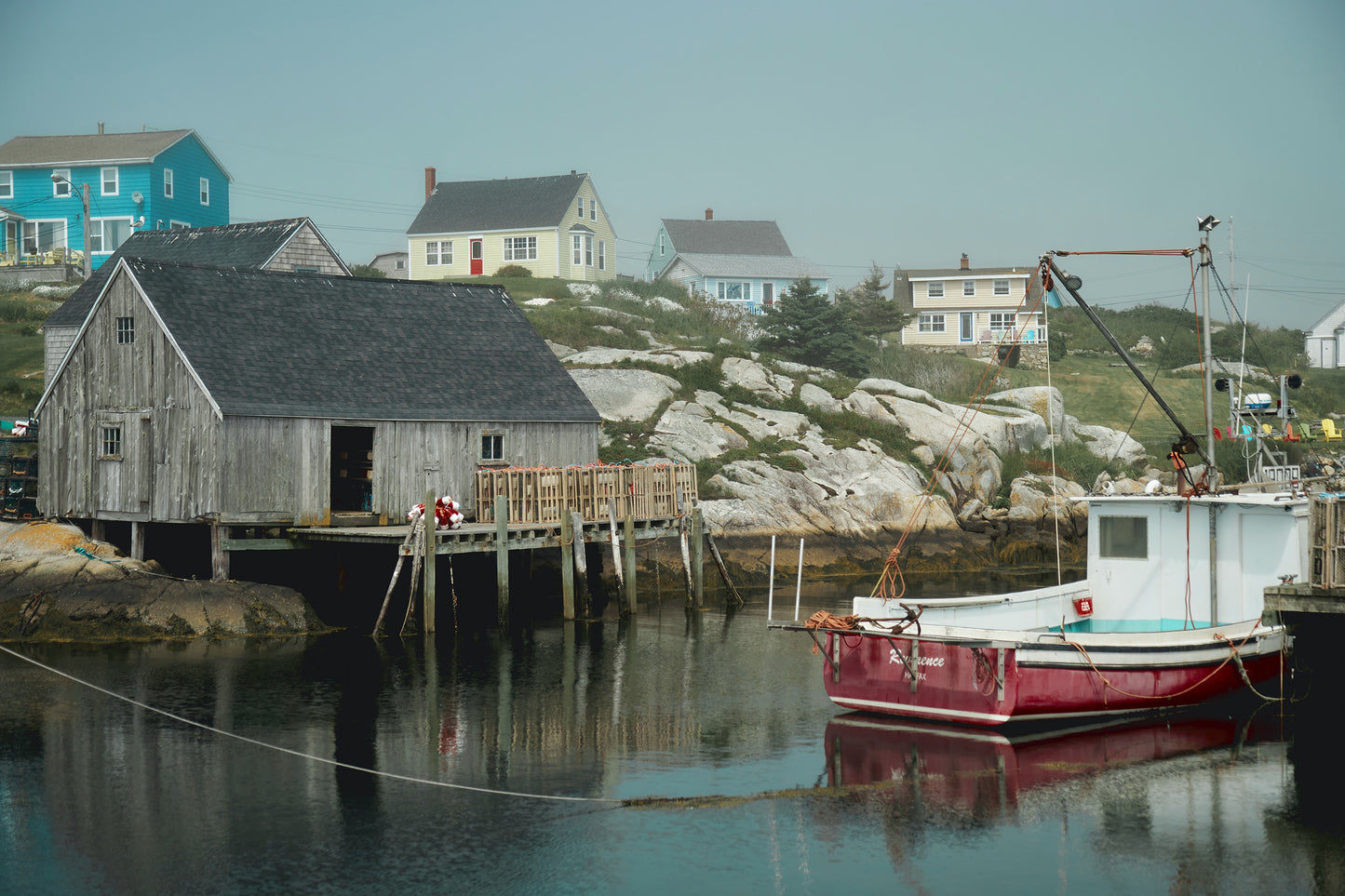Great Deals on summer styles and last season's colors.
No code needed.
Prices as shown.
Great Deals on summer styles and last season's colors.
No code needed.
Prices as shown.

When you think of thermal wear, you might imagine winter sports or cold weather outings, but there is a deeper history behind these wonderful wardrobe items. Pajamas are the modern items that most closely resemble original thermal wear, which is said to have started as a trend in Nova Scotia in the 16th century. Here is a brief overview of the creation and history of thermal clothing as we have come to know it today.
Thermal wear wasn’t exactly fashion-forward in the 17th century. It was mainly worn as an undergarment, much like it is today, though strides were taken to make it a staple in every wardrobe.
There was originally only one type of thermal clothing available, which was known as the “union suits.” These were one-piece sets that featured a trap door in the back to prevent the need to strip down every time nature called. The long johns would come later as an answer to the union suit; these garments seemed to go over much better.
Long johns were made out of cotton, and the fabric featured a waffle pattern, which did a few things to improve the look and feel of the garment. Flannel began to gain popularity, and the waffle stitch used for this item’s fabric helped insulate the body while being much lighter and more breathable than wool.
There is much debate on who first invented long johns and union suits. It’s said that John L. Sullivan, known best as a heavyweight boxer, popularized long johns by wearing them in the ring during his matches. Then there was Sullivan’s rival, John Smedley of Derbyshire, England, who was said to have sold long johns as underwear in Nova Scotia at around the same time.
Some historians believe there is a potential cultural significance between the term itself and the French longues jambes, which translates into “long legs.” Whether this accurately describes the origin of this garment’s name is unclear. The idea here is that long-legged thermals might have become a fad in France at some point, where they may have been worn as outdoor clothing base layers.
Hopefully, you now have a better understanding of the creation and history of thermal clothing. Just like any cold weather gear, knowing as much about thermal clothing as possible is crucial because it ensures you use the items properly.